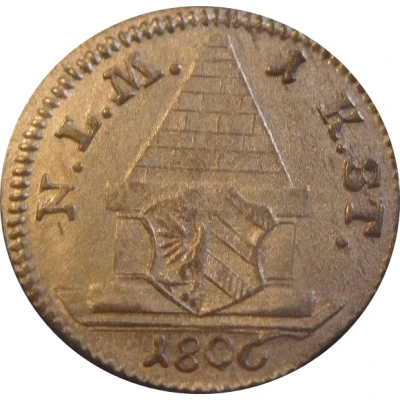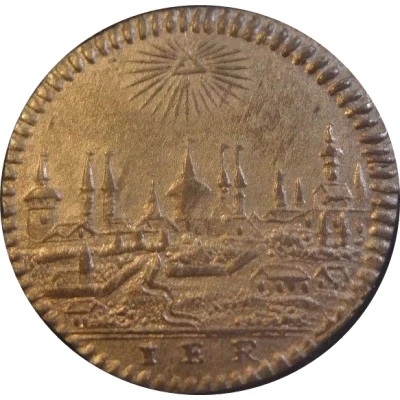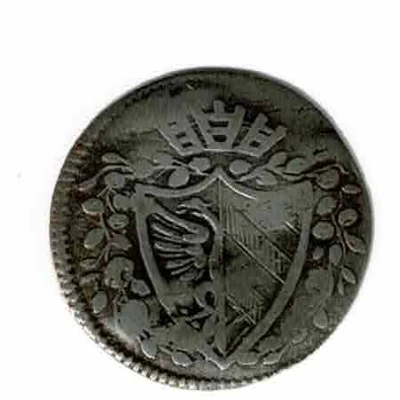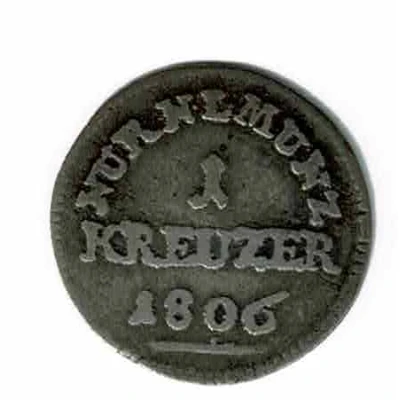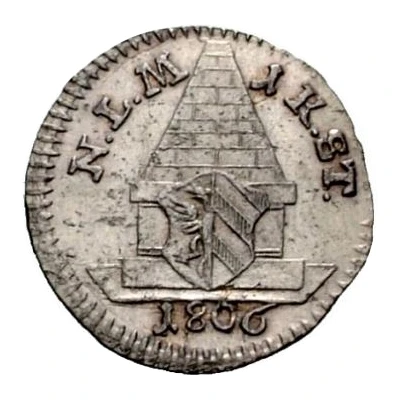
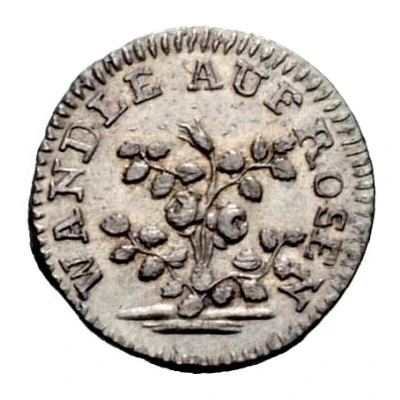

© Hess Divo
1 Kreuzer
1806 year| Billon | - | 16 mm |
| Issuer | Free imperial city of Nuremberg (German States) |
|---|---|
| Period | Free City (1219-1806) |
| Type | Standard circulation coin |
| Year | 1806 |
| Value | 1 Kreuzer (1⁄120) |
| Currency | Konventionsthaler (1754-1807) |
| Composition | Billon |
| Diameter | 16 mm |
| Shape | Round |
| Demonetized | Yes |
| Updated | 2024-10-05 |
| Numista | N#132107 |
|---|---|
| Rarity index | 92% |
Reverse
Rose bush
Script: Latin
Interesting fact
The 1 Kreuzer 1806 coin was minted during a time of economic and political change in Germany. The coin was issued during the reign of King Maximilian I Joseph of Bavaria, who was instrumental in introducing new currency reforms in the German States. The 1 Kreuzer coin was one of the first coins to be minted under these reforms, and it featured a new standardized design that was intended to simplify trade and commerce across the region. The coin was made of Billon, a type of alloy that was commonly used in coinage during this period. Billon is a mixture of copper and silver, and it was prized for its durability and resistance to wear and tear. The use of Billon in coinage was a deliberate choice, as it allowed for the production of coins that were both affordable and long-lasting. Overall, the 1 Kreuzer 1806 coin from the Free Imperial City of Nuremberg is an interesting example of the currency reforms that took place in Germany during this time period. Its standardized design and use of Billon make it a unique and valuable collector's item for numismatists and historians alike.
